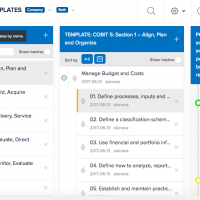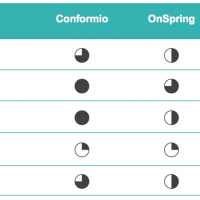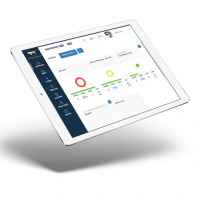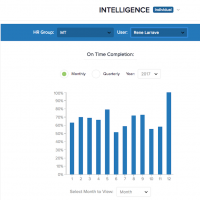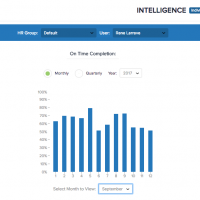Have you tried to implement a comprehensive information security framework like ISO 27001 or COBIT but nobody is doing what they are supposed to do? A lack of accountability in the workplace is often the main reason.
Insights
Deciding to implement a comprehensive information security framework like ISO 27001 or COBIT is not a trivial thing. These frameworks are comprehensive, cross-functional, broad reaching, and culture-changing. Here are 3 compliance software tools to help you through the process.
Investing in the definition, implementation, and monitoring of critical policies and procedures, when combined with the right amounts of empowerment and accountability, should allow you to step back and only intervene when exceptions happen.
We all want our employees, co-workers, or team members to embrace personal accountability in everything they do to make sure things get done. Why is it so hard to make it happen? Could it be you?
A long long time ago, Santa Claus realized that accountability in the workplace was critical to make sure things get done at Christmas time. How else would he be able to visit millions of places and hundreds of countries in one single night?
It seems like everyday we hear about yet another story about sexual harassment in the workplace. Have you wondered what is the best way to minimize the risk of this happening in your company?
How can an accountability tool like CommandHound increase customer satisfaction so dramatically in such a short period of time? As always, it boils down to doing what you say you are going to do. Consistently, every time.
Have you ever wondered how a disciplined process like Six Sigma can actually delivery near perfect output of any kind in a business? You probably think the Six Sigma system is only used by large manufacturing companies with large teams solely dedicated to quality. Not really.
We all know that the risks associated with the employee terminations in any business should be carefully managed and mitigated. Being aware of the most common risks should help GE develop effective mitigation strategies during this massive layoff.
Everybody is talking about the power of checklists to improve overall productivity. But how can these simple productivity tools actually significantly improve quality of life?
